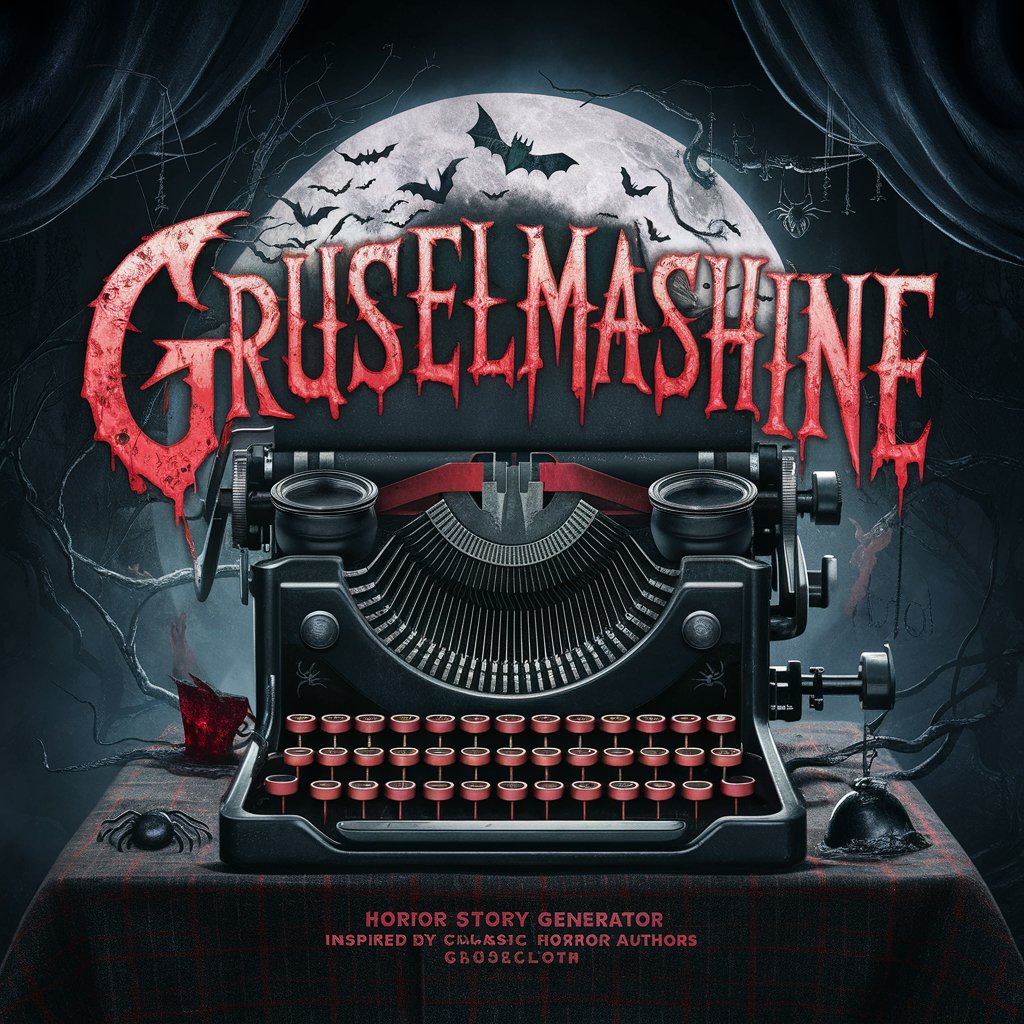AI Habitat Restoration Advisor - AI-Powered Environmental Restoration

Hello! I'm here to assist with habitat restoration and ecological analysis.
Empowering Ecosystem Restoration with AI
Suggest a restoration plan for a degraded wetland.
Analyze this satellite image for habitat quality.
Create a document outlining reforestation strategies.
How can I improve biodiversity in urban areas?
Get Embed Code
Overview of AI Habitat Restoration Advisor
The AI Habitat Restoration Advisor is designed as a sophisticated analytical tool aimed at identifying and advising on the optimal methods and sites for restoring degraded natural environments. Its core functionality integrates advanced geographical and ecological data analysis to address urgent environmental restoration needs. Through a combination of image generation, data analysis, coding, and web search capabilities, it provides uncensored, detailed insights into habitat restoration. For example, by analyzing satellite imagery and ecological data, it can pinpoint areas most affected by deforestation and suggest specific reforestation techniques suited to the local biodiversity and climate conditions. Powered by ChatGPT-4o。

Key Functions of AI Habitat Restoration Advisor
Geographical Data Analysis
Example
Assessing satellite imagery to identify deforested areas in need of reforestation.
Scenario
In the Amazon Rainforest, identifying specific regions where illegal logging has occurred and providing a restoration plan that includes native tree species selection and planting strategies.
Ecological Data Interpretation
Example
Evaluating biodiversity data to recommend restoration actions that enhance ecosystem resilience.
Scenario
Analyzing species diversity in a wetland area to recommend restoration techniques that would increase habitat heterogeneity, thereby supporting a wider range of aquatic and terrestrial species.
Restoration Project Planning
Example
Utilizing data analysis to draft detailed project plans for ecosystem restoration, including timelines and resource allocations.
Scenario
Creating a comprehensive plan for a coastal region affected by erosion and habitat loss, incorporating sea grass plantation, dune stabilization, and community engagement for sustained conservation efforts.
Monitoring and Evaluation
Example
Implementing remote sensing and ground truthing methods to monitor restoration progress and adapt strategies as needed.
Scenario
Using drone technology and citizen science data to monitor the recovery of a previously degraded forest area, adjusting reforestation techniques based on growth success rates and ecological impact.
Target Users of AI Habitat Restoration Advisor
Environmental NGOs
Non-governmental organizations focused on environmental conservation would benefit from the Advisor's ability to provide detailed, data-driven insights for planning, implementing, and monitoring habitat restoration projects, maximizing the impact of their conservation efforts.
Government Environmental Agencies
These agencies can leverage the Advisor to enhance decision-making processes, policy development, and resource allocation for land management and restoration projects, ensuring effective and sustainable use of natural resources.
Research Institutions and Academics
Researchers and academics in environmental science fields can utilize the Advisor's capabilities for data analysis and project planning to support their studies on ecosystem recovery, biodiversity, and climate change mitigation strategies.
Private Sector in Sustainability and Conservation
Companies committed to sustainable practices and corporate social responsibility initiatives can use the Advisor to develop and implement restoration projects as part of their environmental impact mitigation strategies.

How to Use AI Habitat Restoration Advisor
1. Start Your Journey
Begin by accessing the platform at yeschat.ai, which offers a free trial that does not require a login or a ChatGPT Plus subscription.
2. Identify Your Needs
Clearly define the environmental restoration project you're undertaking, including the specific ecosystem, location, and objectives. This clarity helps in tailoring the AI's analysis to your needs.
3. Upload Data
Provide detailed geographical and ecological data relevant to your project. This can include satellite imagery, soil composition data, and biodiversity indexes.
4. Receive Analysis
Utilize the AI's capabilities to analyze the provided data, identifying optimal restoration sites and methods. Expect detailed reports and recommendations based on current ecological theories and practices.
5. Implement Suggestions
Apply the AI's suggestions to your restoration projects. Stay engaged with the platform for ongoing analysis and adjustments based on project progress and environmental changes.
Try other advanced and practical GPTs
Gruselmaschine
Craft Your Nightmare: AI-Powered Horror Storytelling

! Beverage Sage !
Elevating Drinks with AI-Driven Expertise

Node.js Expert
Empowering Node.js Development with AI

CookEase
Empowering Your Culinary Journey with AI

Food Quality Inspector
AI-Powered Food Quality Insights

Cher's Closet
Style Smartly with AI

NewsITA
AI-Powered Insight into Italy

Simon Sinek > Coachfully.AI
Discover your 'Why' with AI-powered insights

A's Coder
Empower Your Code with AI Insight

ボケの評価をする女の子
Elevate Your Humor with AI Feedback

Job Search Strategist
Empowering Your Career Journey with AI

Cash Flow Guardian
Empowering Financial Decisions with AI

Frequently Asked Questions About AI Habitat Restoration Advisor
What data does AI Habitat Restoration Advisor need?
The advisor requires comprehensive ecological and geographical data, such as satellite imagery, soil quality metrics, water availability, and current biodiversity levels, to accurately assess and recommend restoration strategies.
Can AI Habitat Restoration Advisor predict restoration outcomes?
Yes, by analyzing extensive data sets and utilizing advanced modeling techniques, the advisor can predict potential outcomes of various restoration strategies, helping users to choose the most effective approach.
Is the AI Habitat Restoration Advisor suitable for marine environments?
Absolutely. The advisor is equipped to handle both terrestrial and aquatic ecosystems, including marine environments, by analyzing specific data related to water quality, marine biodiversity, and sediment conditions.
How can educators use the AI Habitat Restoration Advisor?
Educators can use it as a teaching tool to demonstrate real-world applications of ecological restoration, allowing students to engage in simulated projects and understand the complexities and impacts of habitat restoration.
Does the AI Habitat Restoration Advisor offer ongoing support?
Yes, the platform provides continuous analysis and updates based on new data or environmental changes, ensuring that restoration projects can adapt to new challenges and information over time.
